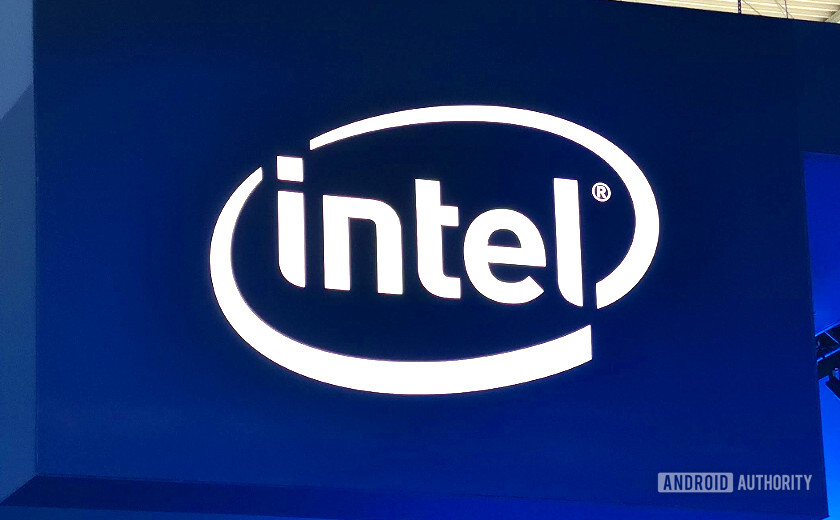
- Intel’s chips based on the 7nm process have been delayed yet again.
- Users can now expect CPUs based on the 7nm process to debut as late as 2023.
- Intel is now well behind its rivals and mobile chipset manufacturers.
In the race for denser and smaller chips, Intel is getting further behind. After it seemingly overcame its 10nm setbacks earlier this year, the Californian company has now confirmed further delays to its 7nm process.
Earlier this year, Intel rolled out its 10th-generation desktop CPUs codenamed Comet Lake based on a 14nm process and 10nm Ice Lake chips for ultrabooks. Now, according to its Q2 2020 earnings release (h/t: Tom’s Hardware), the company expects its desktop 10nm chips to arrive by 2021. They were initially expected to ship in 2016.
But 7nm seems to be the real unobtanium for the company. Its 7nm CPUs may now only arrive in late 2022 or at the beginning of 2023, five years later than planned. Interestingly, it’s now likely that Intel’s first GPUs based on a 7nm process will arrive by 2022. Server chips have also been delayed by a year to 2023.
Intel blamed yield issues with its 7nm process for the new delay, with the firm recently identifying a “defect mode” in its process as a problem as well.
The news also comes after Apple announced plans to develop its own Arm-based CPUs for Macs at WWDC 2020, ditching Intel’s silicon.
The race to 7nm: Already over?

While Intel is still rolling out 14nm chipsets, its contemporaries are comfortably below 10nm.
Its desktop CPU rival AMD in mid-2019 released its Zen 2 architecture, employing CPUs based on a 7nm node from TSMC. In January this year, it debuted its first 7nm CPU for laptops.
According to a report by Digitimes in April, TSMC expects its 3nm process to be ready for volume production by 2022. It also fabricated HiSilicon’s Kirin 980 chipset, Huawei’s first based on the 7nm process.
See also: What is an SoC? Everything you need to know about smartphone chipsets
Samsung’s foundries moved over to the 14nm process in 2016 with the debut of the Exynos 7500 series. The Exynos 990, which was used in the Galaxy S20 series, is based on a 7nm LPP process.
Qualcomm debuted its 7nm process with the Snapdragon 855 last year, while Mediatek’s Dimensity 1000 also used a similar process and arrived late last year. Mediatek also this week announced its Dimensity 720 line, which will put 7nm chipsets with 5G support into cheaper devices.
The quest for smaller manufacturing processes, or die shrinks, isn’t a trivial goal. The more transistors foundries can pack onto a piece of silicon, the smaller a chip can be. This has become imperative for chipset makers to achieve higher clock speeds and better efficiency. However judging by Intel’s ongoing issues, even the biggest firms can struggle in this race.
Next: How long do chipmakers support their processors with Android updates?
from Android Authority https://ift.tt/3hCwMnf

No comments:
Post a Comment